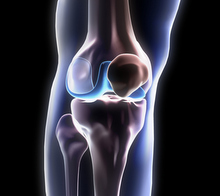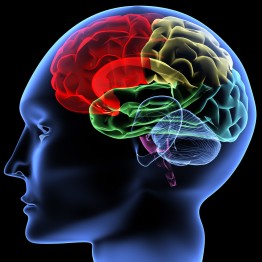Many professions and recreational activities in general, are becoming less physical and more cognitive. This may seem like a great way to develop the brain, but in truth our brains need physical activity for optimal functioning.
“How movement effects your brain”
(Google Images)
A healthy moving joint and muscle sends a signal (called proprioception)to a part of the brain known as the cerebellum. The cerebellum’s job is usually thought to be movement and maintaining balance, but modern research has shown that it actually regulates the whole brain. The cerebellum keeps the brain in balance by keeping the different areas from being either over or under active.
The messages (proprioception) to the cerebellum act as nourishment, giving it what it needs to operate. In essence, exercise gives the cerebellum nourishment to regulate brain activity leading to better impulse control, more stable emotional states, improved learning, and more creativity.
A second way exercise effects the brain is through a natural growth stimulant called BDNF. This helps the brain to create new neurons and repair old ones. The more often and more intensely you exercise, the more BDNF your brain produces.
A major issue for your brain is that the messages can be decreased due to pain, decreased joint range of motion, and impaired movement patterns. A licensed professional, such as a Chiropractic Kinesiologist, can help you restore proper function and teach you exercises that can help increase brain health. If you are in need of some motivation to move, check this out.
-Martin C Hart, DC, NASM-CES
info@DrHartChiropractic.com
This information is not meant to diagnose, treat, or serve as medical advice, merely informative opinions.




[…] Get Moving. Exercise isn’t just good for your body – it’s good for your brain, too. When we get moving, our bodies produce chemicals that boost growth and development of new […]
LikeLike